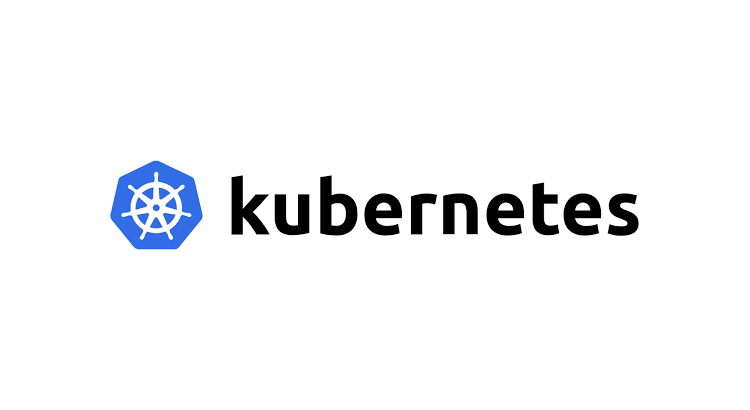 Thousands of IT decision makers, operators and the developers will gather April 29 – May 1 at the Open Infrastructure Summit in Denver, Colorado to collaborate across common use cases and solve real problems.
Thousands of IT decision makers, operators and the developers will gather April 29 – May 1 at the Open Infrastructure Summit in Denver, Colorado to collaborate across common use cases and solve real problems.
On Monday, April 29, from 2:50 p.m. – 3:30 p.m., members of the OpenSDS project and the Technical Working Group (TWG) which develops SNIA Swordfish , are holding a Birds-of-a-Feather (BoF) session at the summit titled “Open Storage Management.”
, are holding a Birds-of-a-Feather (BoF) session at the summit titled “Open Storage Management.”
To kick things off, Richelle Ahlvers, SNIA board member, chair of the Scalable Storage Management TWG, and storage management architect, Broadcom, will provide a brief overview  of the SNIA Swordfish storage management specification. Swordfish is an extension to the DMTF Redfish® specification that provides a unified approach for the management of storage equipment and services in converged, hyper-converged, hyperscale and cloud infrastructure environments. Swordfish is built using a RESTful interface over HTTPS in JSON format, and also provides support for OpenAPI.
of the SNIA Swordfish storage management specification. Swordfish is an extension to the DMTF Redfish® specification that provides a unified approach for the management of storage equipment and services in converged, hyper-converged, hyperscale and cloud infrastructure environments. Swordfish is built using a RESTful interface over HTTPS in JSON format, and also provides support for OpenAPI.
Richelle will also discuss the lifecycle of creating consistent open standard interfaces, from definition to implementations, and how the open source ecosystem plays a role in open infrastructure management.
Xing Yang, principal architect at Huawei Technologies, and project and architecture lead in OpenSDS, will explain how the open source community addresses storage integration challenges in scale-out cloud native environments and connects siloed data solutions.
The session will be interactive and attendees will be encouraged to join in the conversation, get their questions answered and share their knowledge while making valuable new connections. Add the BoF to your conference schedule here.
While visiting the summit, stop by to see SNIA in booth #B13 in the Open Infrastructure Marketplace and pick up the latest Swordfish swag!











 , are holding a
, are holding a 

 Many followers (dare we say fans?) of the SNIA Networking Storage Forum (NSF) are familiar with our popular webcast series “
Many followers (dare we say fans?) of the SNIA Networking Storage Forum (NSF) are familiar with our popular webcast series “ Thanks to all who attended or listened on-demand to our recent SNIA Solid State Storage Initiative (SSSI) webcast on
Thanks to all who attended or listened on-demand to our recent SNIA Solid State Storage Initiative (SSSI) webcast on  You can catch up on videos of Summit talks, along with the slides presented,
You can catch up on videos of Summit talks, along with the slides presented,  /TCP Means for Networked Storage? where Sagi Grimberg, lead author of the NVMe/TCP specification, and J Metz, Board Member for SNIA, explained what NVMe/TCP is all about. If you haven’t seen the webcast yet, check it out
/TCP Means for Networked Storage? where Sagi Grimberg, lead author of the NVMe/TCP specification, and J Metz, Board Member for SNIA, explained what NVMe/TCP is all about. If you haven’t seen the webcast yet, check it out 
Leave a Reply